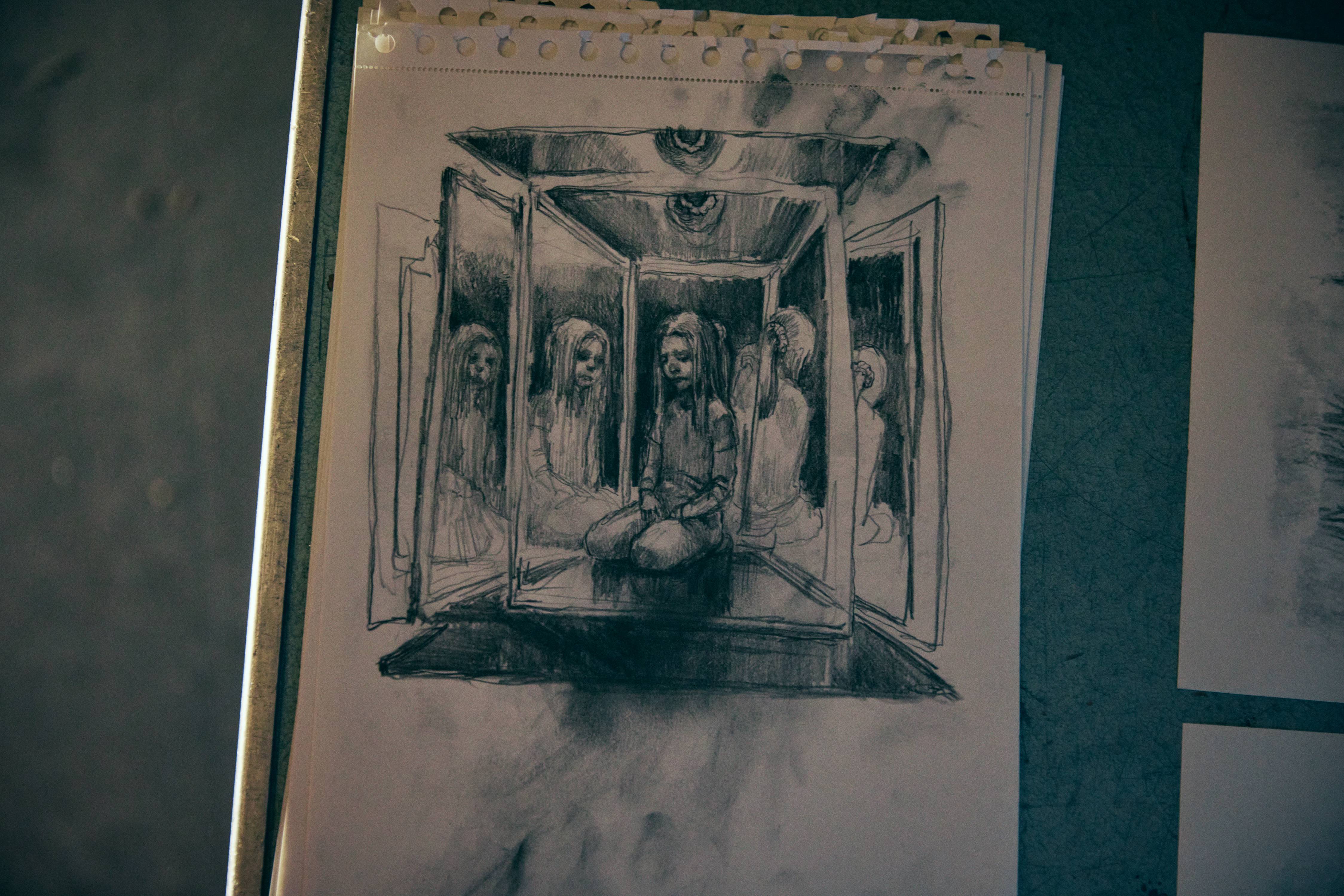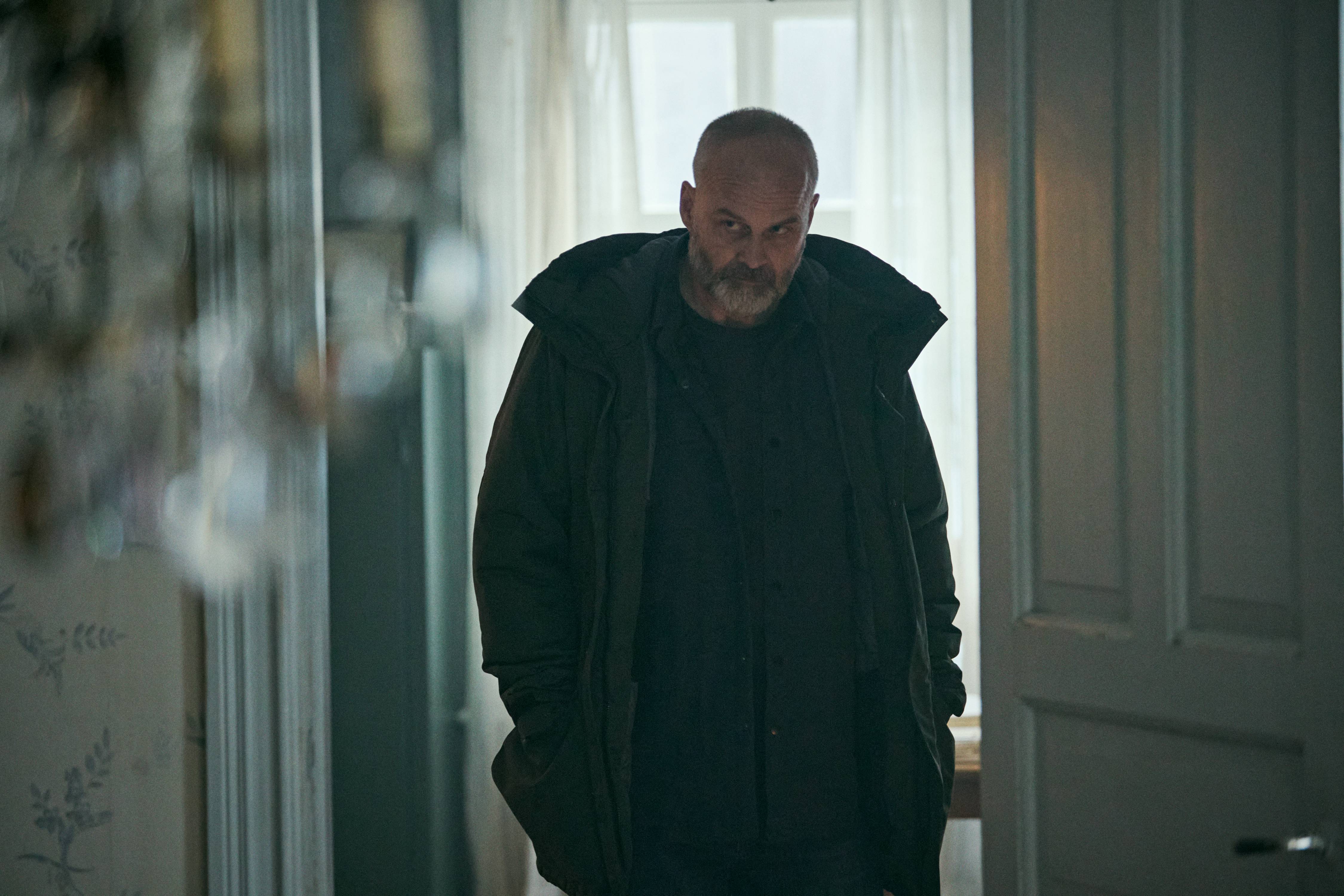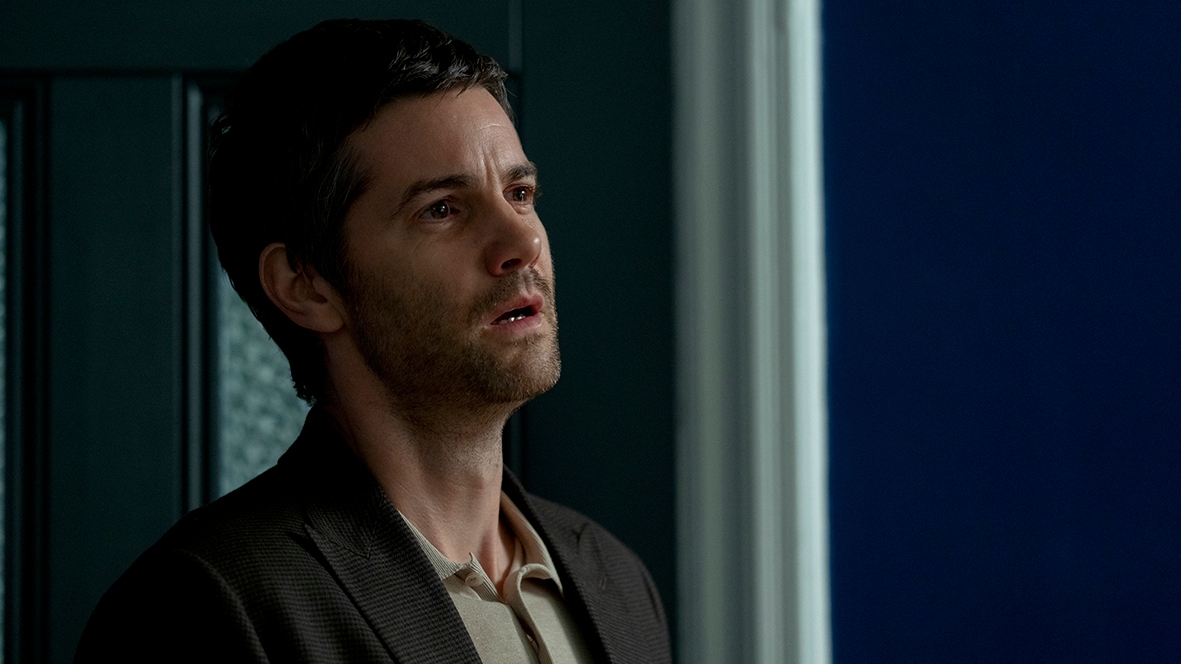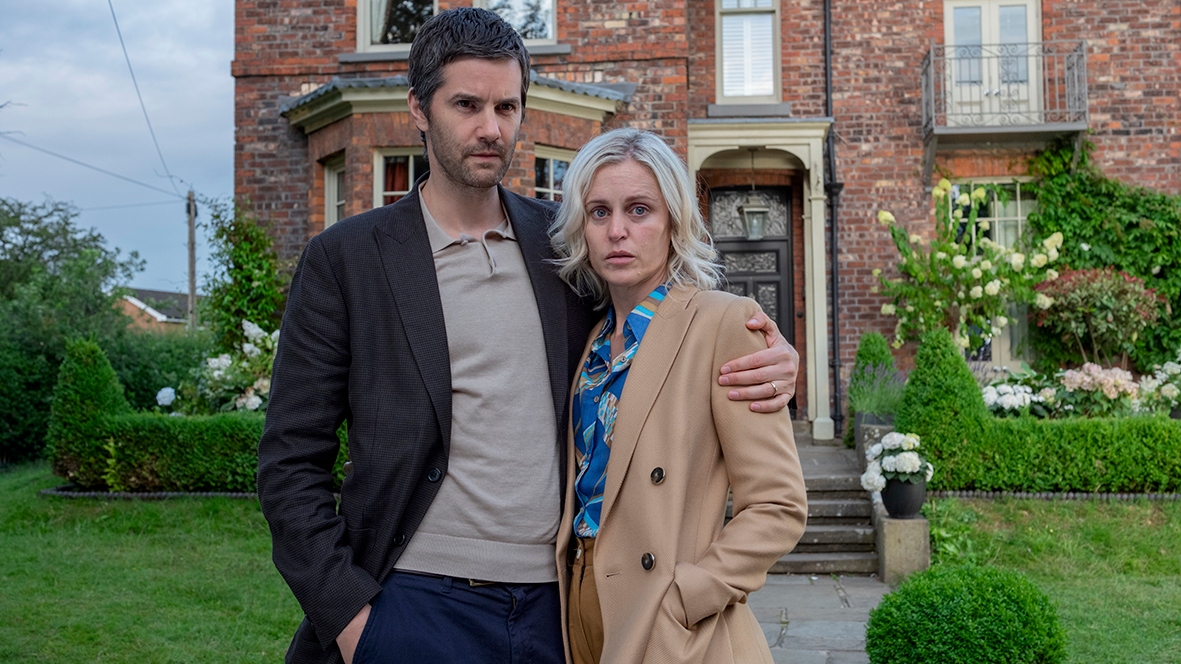Was that The Balrog in The Rings of Power? Episode 7 ending explained
Elrond and Durin awoke the Balrog while searching for Mithril beneath Khazad-dûm...
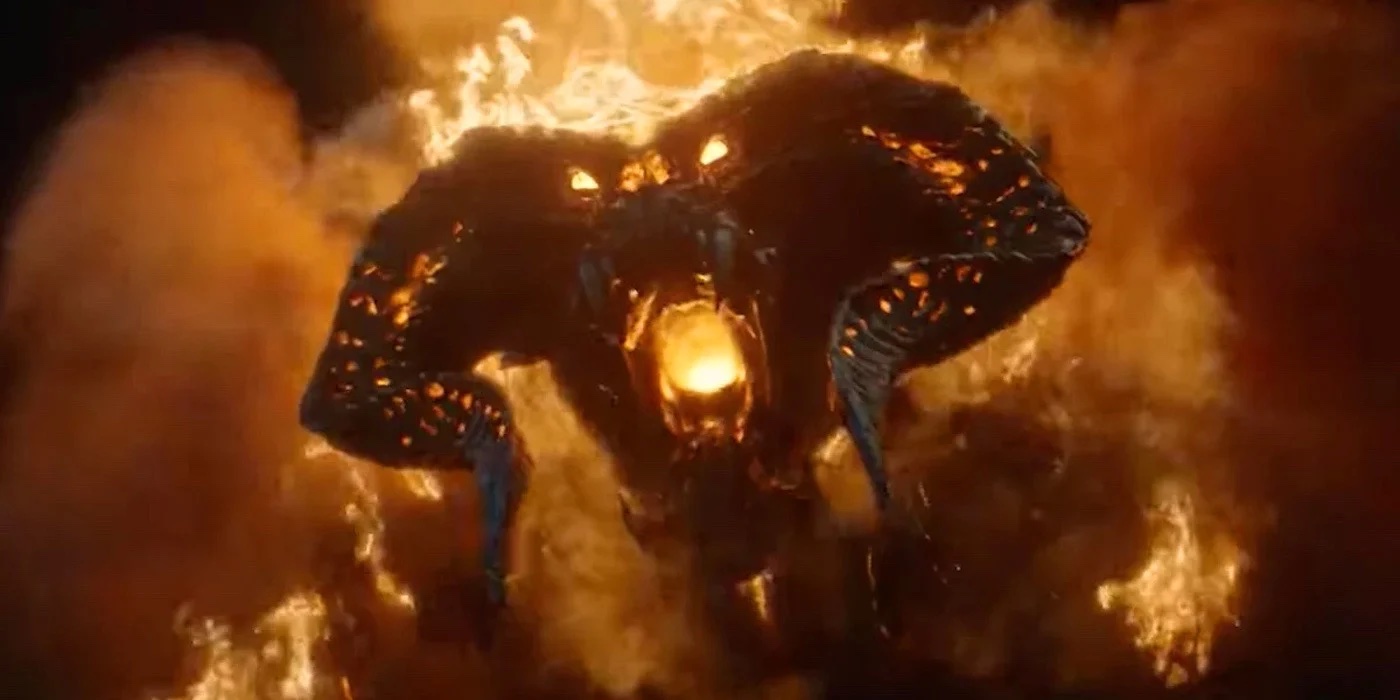
The Balrog made a spectacular appearance in the seventh and penultimate episode of The Rings of Power!
Knowing mithril is the only thing that can save the elven race from certain death, Elrond and Prince Durin defied The Dwarf King's orders and continued to mine for it this week.
Yet soon after discovering a rich seam of the precious and mysterious metal, which would surely have secured the elves' future, the pair were discovered by Durin's father.
After disinheriting his son, King Durin banished Elrond and ordered the new mine to be sealed up, but not before he cast a leaf from the tree in Lindon into the mine, where it floated down and awoke a Balrog that had been lying dormant beneath the mountain.
But is this really how the Balrog was released in Tolkien's original writings? Or are Prime Video's showrunners taking liberties with the source material? And could the Balrog feature in next week's final episode of The Rings of Power? We take a look at the evidence...
The Balrogs were originally Maiar spirits — like Gandalf — that existed before Middle-Earth was created, before being seduced by Morgoth and becoming his servants. Yet only one Balrog is known to have survived The War of Wrath, which preceded The Rings of Power.
Following Morgoth's defeat that Balrog fled to hide beneath the Misty Mountains and remained there for 5,000 years until it was disturbed by the dwarves when they "mined too greedily and too deeply" for mithril.
Get the What to Watch Newsletter
The latest updates, reviews and unmissable series to watch and more!
A thousand years later, we saw Gandalf fight the Balrog in a famous scene from The Fellowship of the Ring, as seen below...
Yet in Tolkien's writings, the Balrog lay undisturbed throughout the whole of the Second Age — which is when this series is set — and wasn't seen again until The Third Age. When it was eventually released it killed Durin VI and earned its nickname 'Durin's Bane'.
He may share a name with his Third Age counterpart, yet the ruler of Khazad-dûm during The Rings of Power is King Durin III, so what does this mean for the story's timeline?
The waking of the Balrog by the dwarves sets in motion a series of events that destroys their kingdom. In Tolkien's writings, all of that happens over the course of a few decades, but maybe the producers have decided to stretch that period out.
There's no explicit mention of a Balrog in The Second Age in Tolkien's works, but in The Silmarillion, the author reveals that men were "grievously plagued by Morgoth's sinister monsters and demons" during this era.
Could the show's writers have seized upon this footnote to weave the Balrog into the series and bring the fall of Khazad-dûm forward a few millennia? We can imagine it would have been very tempting to squeeze this spectacular monster into the series somewhere.
King Durin has already spoken of a "shadow buried in the darkness that could bury the dwarves beneath the mountain" so maybe this is the beginning of the end for Khazad-dûm. We can't wait to find out more next week...
The final episode of The Rings of Power season 1 arrives on Prime Video on Friday, October 14.
Sean is a Senior Feature writer for TV Times, What's On TV and TV & Satellite Week, who also writes for whattowatch.com. He's been covering the world of TV for over 15 years and in that time he's been lucky enough to interview stars like Ian McKellen, Tom Hardy and Kate Winslet. His favourite shows are I'm Alan Partridge, The Wire, Wolf Hall and Succession and in his spare time he enjoys drinking tea, doing crosswords and watching football.


